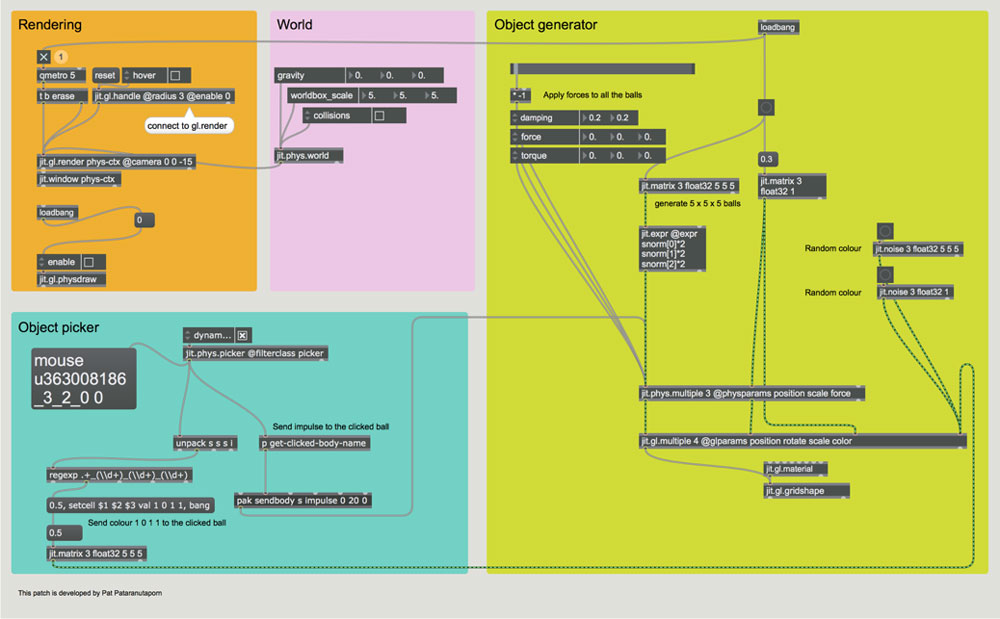The Embryo : The Generative Architecture - 2015
The embryo project is the preliminary experiment done in "Created by Algorithm" class at School of Arts, Media + Engineering, Arizona State University. This project explores the concept of generative art based on the generic embryo development. Each small cell that becomes the larger structure has the same set of genomics code. However, the genomics expression would varies according to the location of each cell, thus result in the distinguished differentiation of each cell.
Generative design is a design method in which the output – image, sound, architectural models, animation – is generated by a set of rules or an Algorithm, normally by using a computer program. Most generative design is based on parametric modeling. It is a fast method of exploring design possibilities that is used in various design fields such as Art, Architecture, Communication Design, and Product Design. Some generative schemes use genetic algorithms to create variations. Some use just random numbers. Generative design has been inspired by natural design processes, whereby designs are developed as genetic variations through mutation and crossovers. In contrast to long-established concepts such as Generative Art or Computer Art, Generative Design also includes particular tasks within the area of design, architecture, and product design.
Gary William Flake: The Computational Beauty of Nature: Computer Explorations of Fractals, Chaos, Complex Systems, and Adaptation. MIT Press 1998
